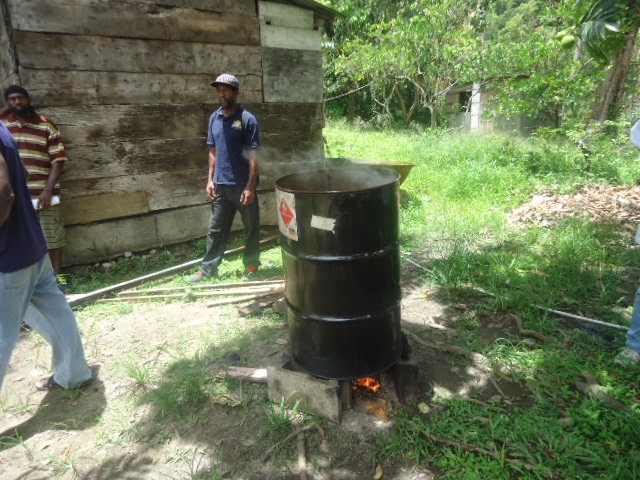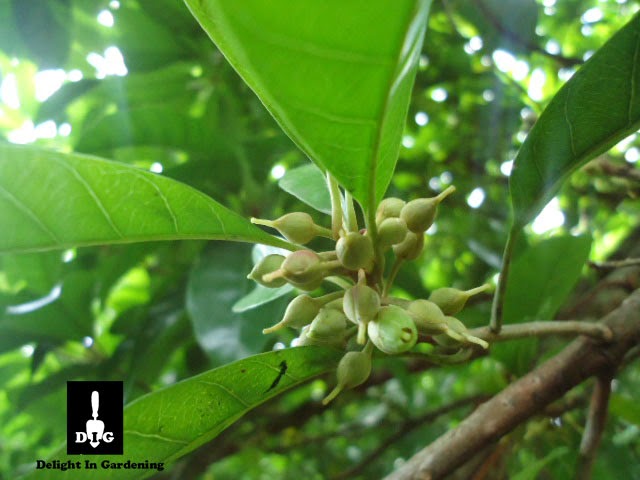In all things Project, there will be...
1. Failed starts
It began in August 2013 when I commissioned my good friend at Agrocomplex to make some seedlings. They were beautiful. I transported them to another location. And there, too far from my home for too long. So I gave to them to someone else who had more immediate plants for planting them.
 |
| Healthy Passionfruit Plants |
2. Starting over
I did not give up on the vision of passionfruit production. In March 2014, I started with 20 plants bought from CARDI and 2 plants left over from the Agrocomplex batch. CARDI sells highly subsidized passionfruit plants at XCD$2.00 per plant.
 |
| CARDI collection |
3. Hard work
This has been a trying year for food production. Already a low-rainfall location, it was exceptionally hot during the Dry Season which is from December to June. The heat dragged into the Rainy Season which begins in June. It was not until August that we were able to enjoy a slight reprieve. These were ideal conditions to test the hardiness for which passion fruit is praised. With very primitive irrigation I nurtured them through the dry spelling, daily lugging water at 5:00AM before work and on evenings. But before that, preparatory work started with sourcing the wood and erecting a trellis.
 |
| Withstanding the dry conditions |
 |
| The crunching culprits |
And if the greenery was not encouraging, flowers are nice gifts that plants offer to reassure your efforts.
I had misjudged passionfruit as a low maintenance crop. Nonetheless, it was a fulfilling endeavour. With the support of community I was able to manage. More posts will highight milestones on this journey. Please submit any questions on growing passion fruit.
 |
| Flower by day's last light |












































